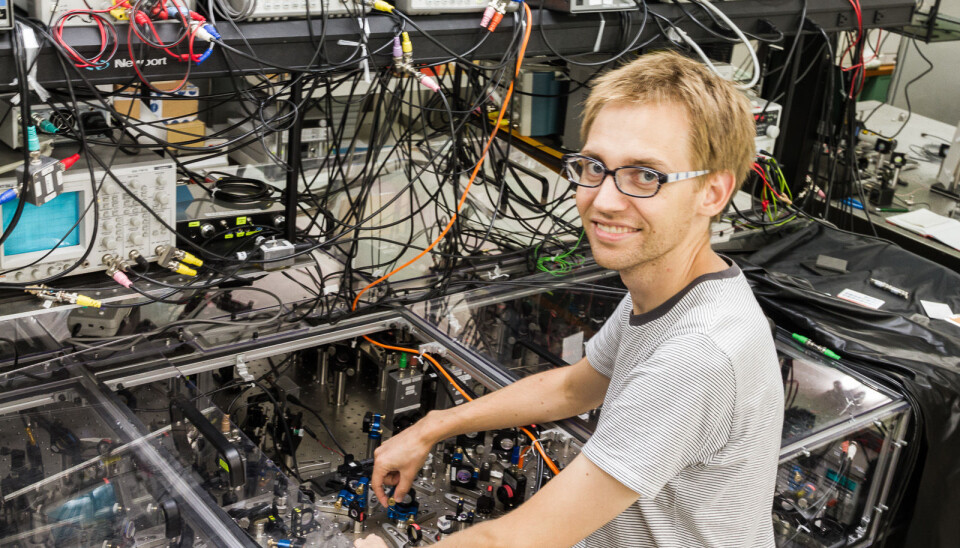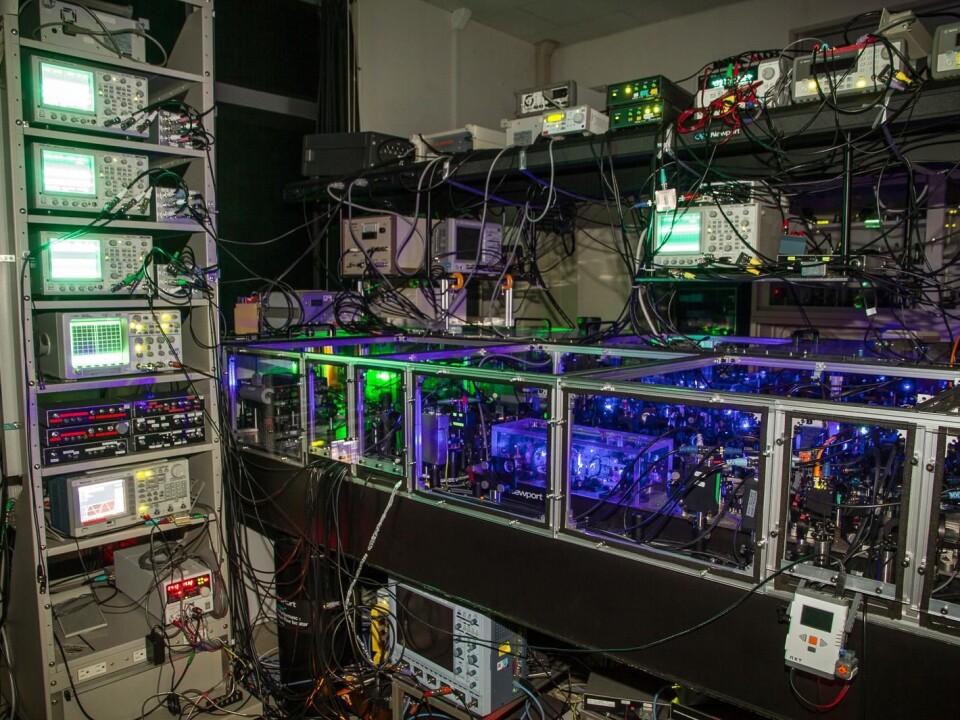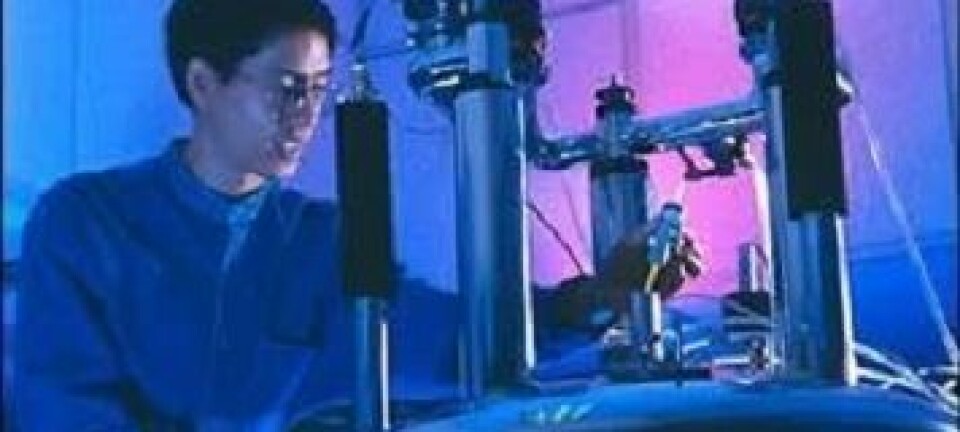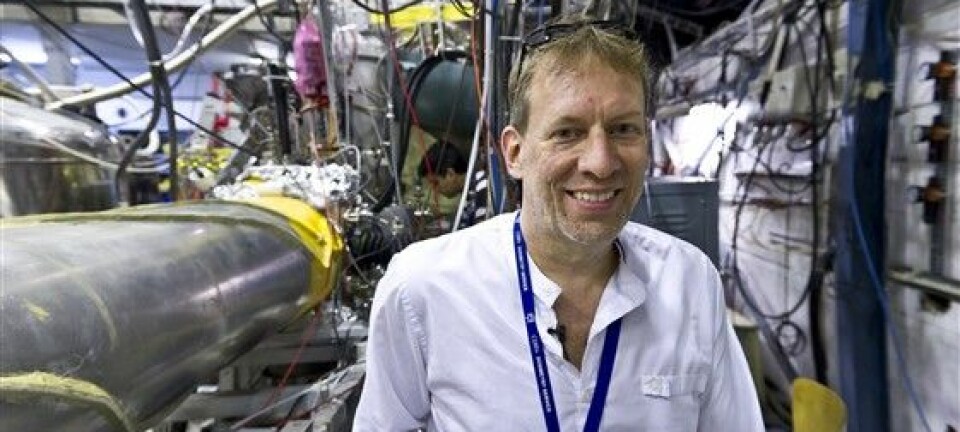
Researcher teleports with a kitten
Researchers can now use a special beam of light called a Schrödinger kitten for teleportation. The method can eventually lead to quantum computers and to communication which is secure against eavesdropping.
If you have read about quantum physics, you've probably also bumped into Schrödinger's cat. This wondrous animal is both alive and dead at the same time, just until you start looking at it.
That is how the laws of quantum mechanics are. Objects can be in two states simultaneously. Not until you perform a measurement and thereby disturb the system does it choose sides - the cat will then be revealed as being either dead or alive.
Schrödinger's cat is just a gedankenexperiment, designed to highlight the mysterious and counter-intuitive consequences of quantum mechanics. Jonas Neergaard-Nielsen, who is a postdoc at DTU Physics, also didn't experiment with a cat, but rather with Schrödinger's kitten.
Kittens are light waves
However, no animals were harmed during the experiment which took place at Japan's National Institute of Information and Communication Technology (NICT) in Tokyo. Instead of cats, the researchers used beams of light. The experiment has just been described in the scientific journal Nature Photonics.

"We start by melting together two light waves, which are out of phase. Then we have a wave swinging up-down-up-down that is superposed with a wave swinging down-up-down-up," says Jonas Neergaard-Nielsen.
Physicists call such a light beam Schrödinger's kitten - a small Schrödinger's cat. It can be said to straddle the border between microscopic and macroscopic objects.
Teleportation of information
The experiment in Tokyo went far beyond that, because the researchers wanted to find out whether such a kitten can be used for teleportation. It turns out it can.
"We take a kitten and split it, and then we use one of the two parts to measure an input light beam which we would like to teleport. And then we do it."
We start by melting together two light waves, which are out of phase. Then we have a wave swinging up-down-up-down that is superposed with a wave swinging down-up-down-up.
Jonas Schou Neergaard-Nielsen
That probably requires a bit of explanation, which Jonas Neergaard-Nielsen is happy to take a shot at.
"We take a light beam and send it through a half transparent mirror. Then it splits in two, and those two beams are entangled. It's a kind of bond between them - they are in the same state. It means that if you do something to one of them, you will immediately influence the behaviour of the other one."
"Taking advantage of this quantum mechanical phenomenon, entanglement, we can transfer information from one place to another by quantum teleportation."
It sounds very exotic and science fiction-like that the researchers are having fun with teleporting from one end of the lab to the other, but Jonas Neergaard-Nielsen immediately points out that it is not the kind of teleportation known from Star Trek, where things and people are moved from place to place. It is only information that can be teleported.
The goal is quantum computers
We take a kitten and split it, and then we use one of the two parts to measure an input light beam which we would like to teleport. And then we do it.
Jonas Schou Neergaard-Nielsen
Apart from gaining knowledge about the most fundamental workings of the world, the aim of quantum scientists is to develop technologies for the computers and communication networks of the future.
The researchers behind the new result therefore also hope that the result eventually can lead to secure quantum communication across long distances.
In the even longer term it may become possible to construct an optical quantum computer that can perform certain kinds of calculations much faster than existing computers.
"You can make a computer based on a quantum logic where quantum bits are encoded into these wave states. In order to be able to perform calculations on quantum bits, you need to be able to teleport - and we show how to do that," concludes Jonas Neergaard-Nielsen.
----------------
Read the Danish version of this article at videnskab.dk
Translated by: Jonas Schou Neergaard-Nielsen











